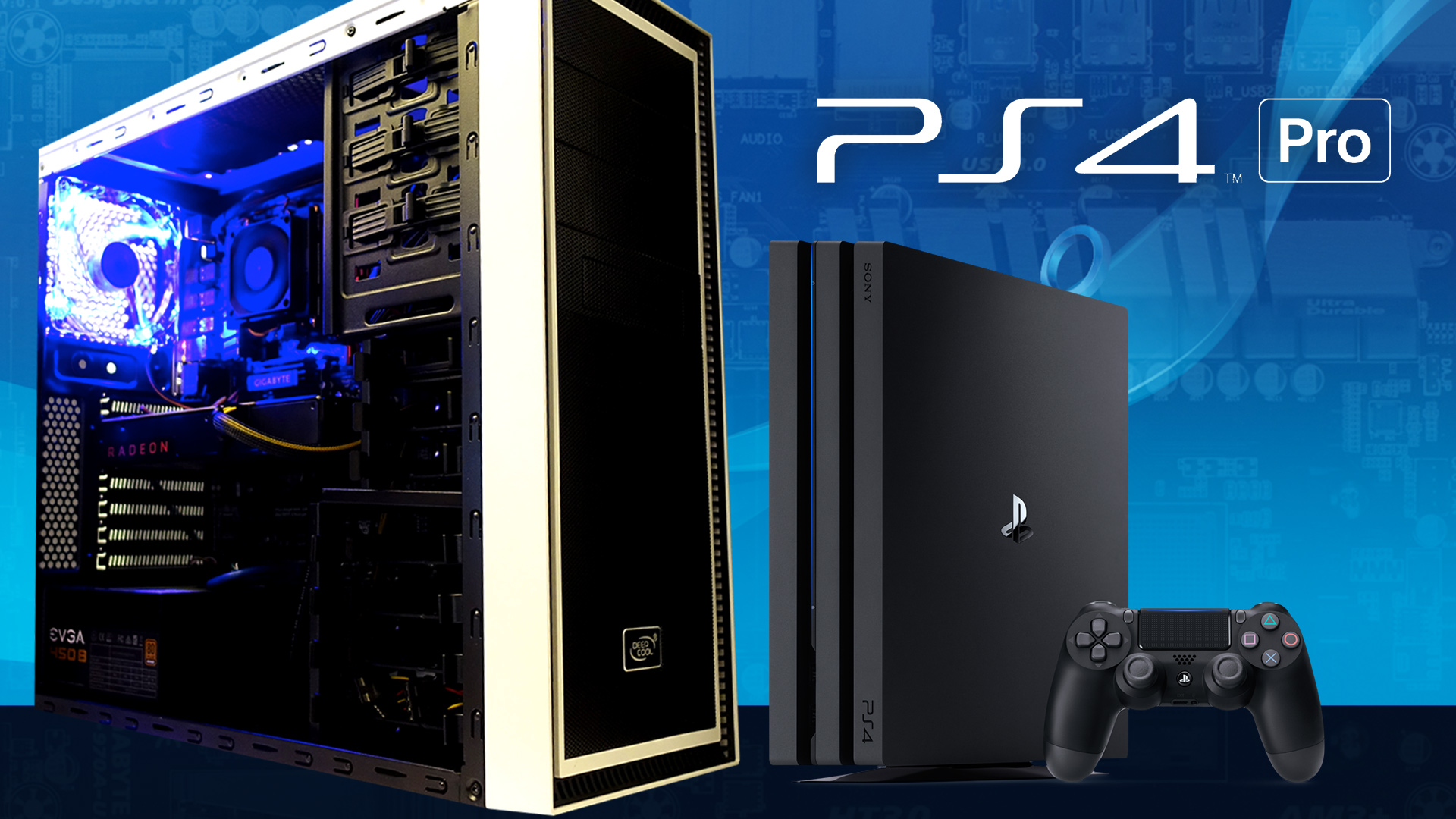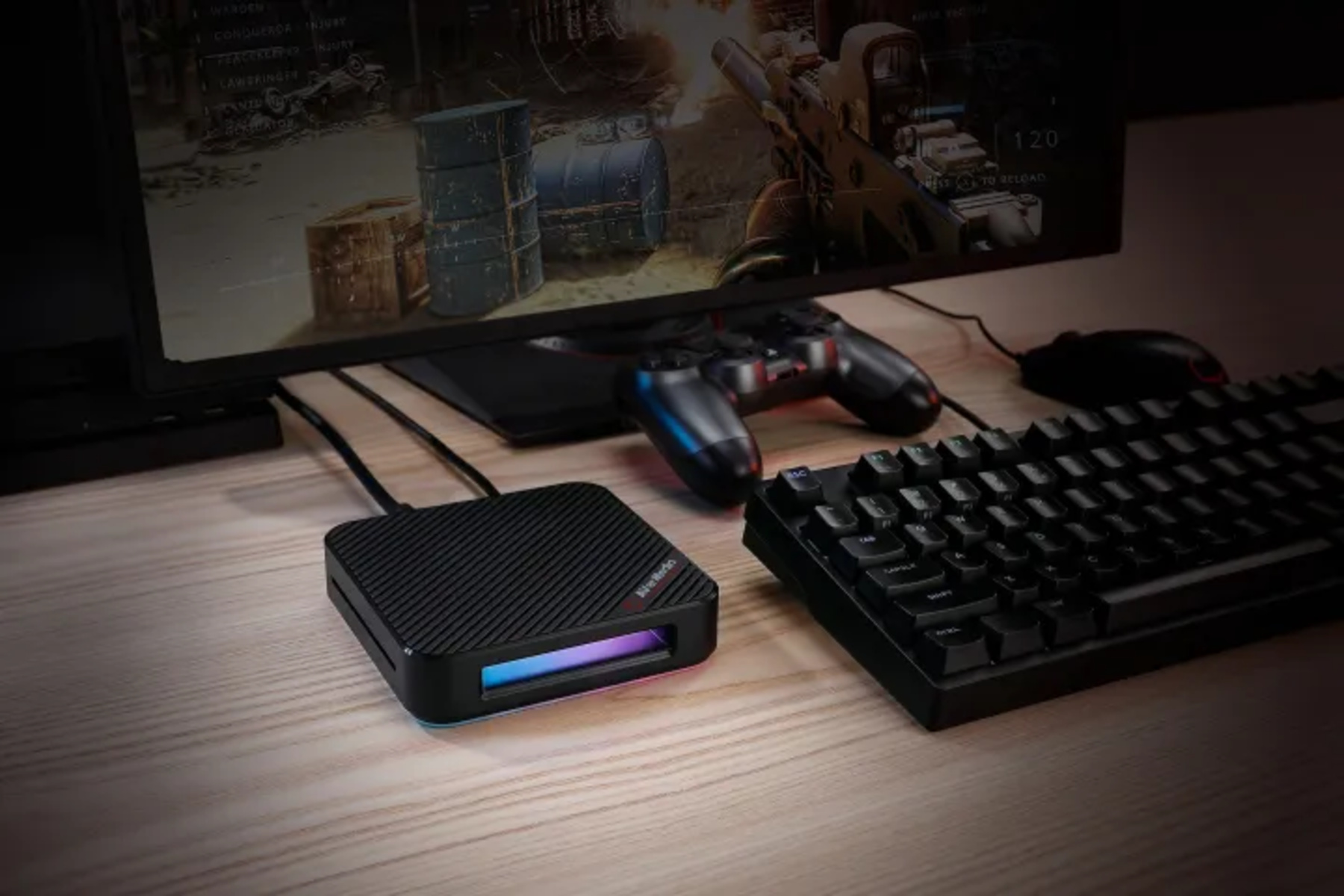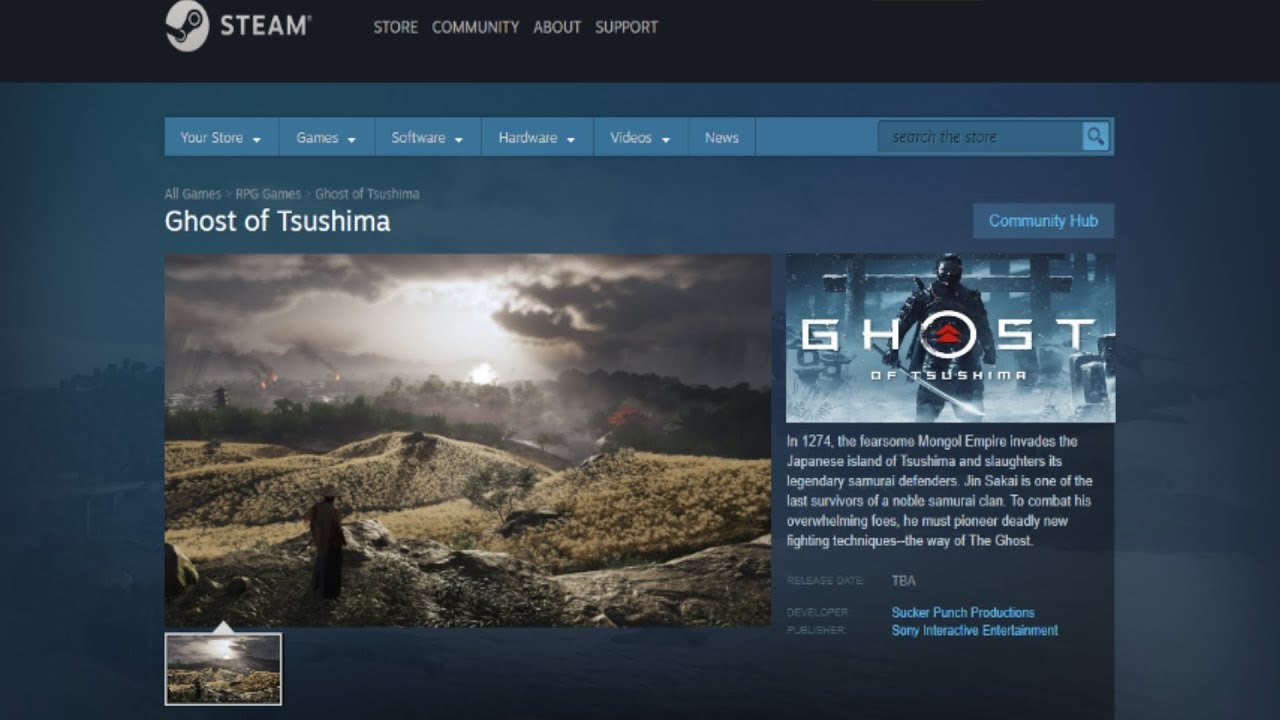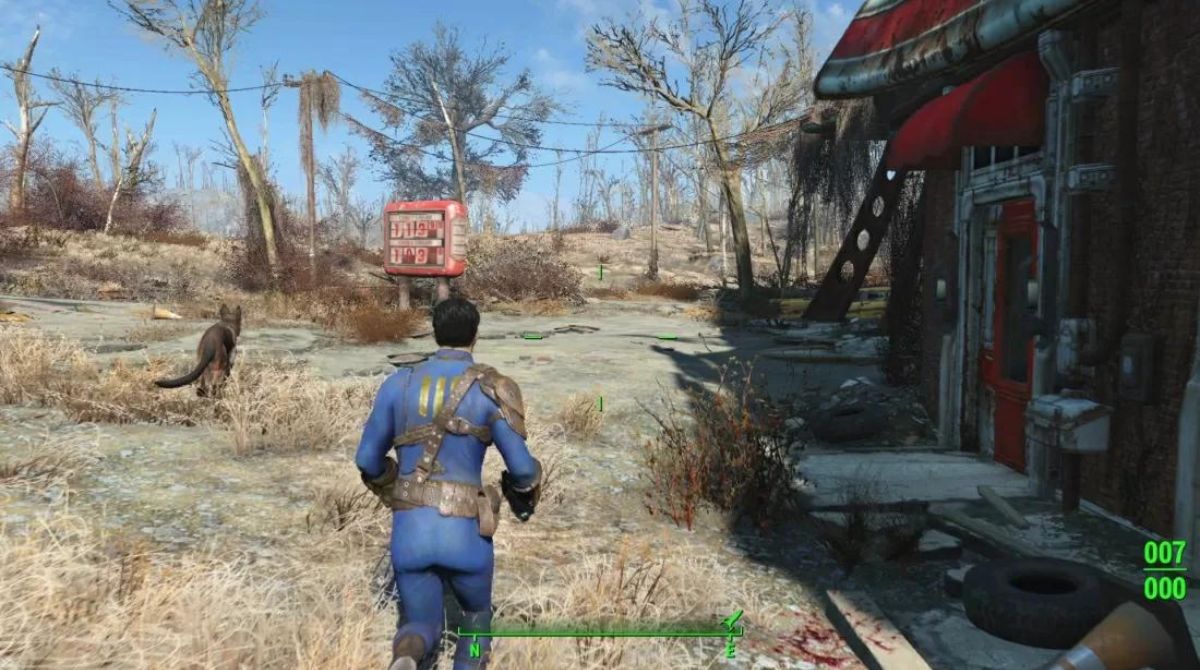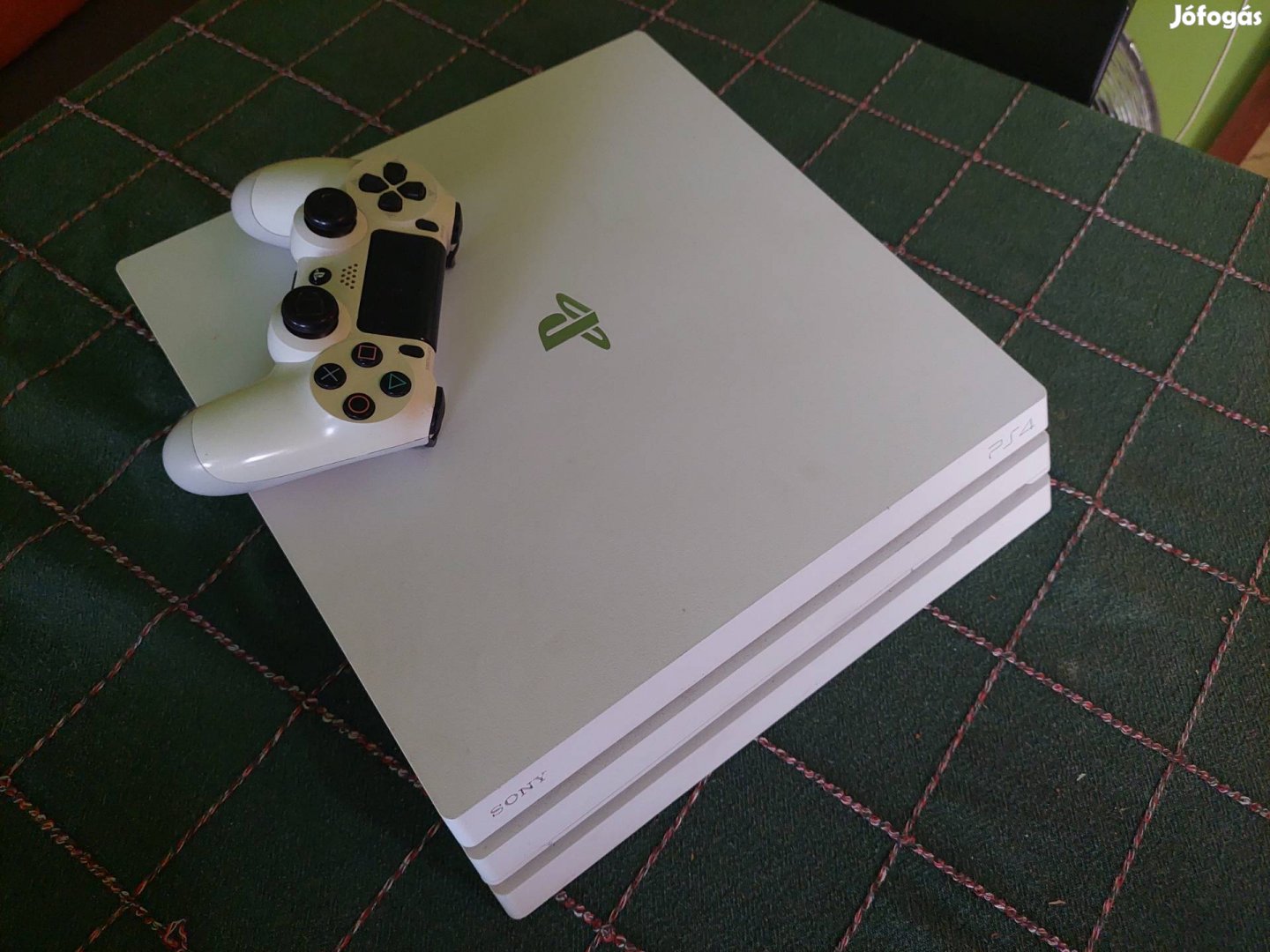Introduction
The PlayStation 4, or PS4 for short, is a popular gaming console known for its impressive graphics and immersive gameplay experiences. Behind the scenes, the PS4 relies on a powerful graphics card to deliver stunning visuals and realistic gaming environments.
Understanding the capabilities of the PS4 graphics card is essential for gamers who are looking to optimize their gaming experience and make informed decisions about upgrading their hardware. Whether you are a casual gamer or a dedicated enthusiast, knowing the equivalent graphics cards in the PC world can give you a better idea of what to expect from the PS4’s graphical performance.
In this article, we will dive into the details of the PS4 graphics card and explore its equivalents in the PC gaming world. We will specifically focus on two popular graphics cards: the NVIDIA GTX 760 and the AMD Radeon HD 7870. By comparing the PS4 graphics card to these PC counterparts, we can gain an understanding of its performance capabilities and make informed decisions about our gaming setups.
So, if you’re curious to find out how the PS4 graphics card stacks up against these powerful PC graphics cards, read on as we explore the world of graphics processing and find out what the PS4 is truly capable of.
Understanding the PS4 Graphics Card
To truly appreciate the power of the PS4 graphics card, it’s important to understand its specifications and architecture. The PS4 utilizes a custom-designed graphics processing unit (GPU) developed by AMD, referred to as the “Jaguar” architecture. This GPU combines both the graphics processing and general-purpose capabilities, allowing for fast and efficient performance.
The PS4 graphics card boasts 18 compute units (CUs), each containing 64 shader cores, resulting in a total of 1,152 shader cores. This allows for impressive graphical processing power, enabling the console to render detailed game worlds and stunning visual effects. Additionally, the PS4 GPU operates at a clock speed of 800 MHz, delivering smooth and responsive gameplay.
In terms of memory, the PS4 graphics card features 8GB of GDDR5 RAM. This high-bandwidth memory allows for quick data access and transfers, contributing to faster loading times and a seamless gaming experience. The combination of the powerful GPU and ample memory on the PS4 graphics card ensures that games run smoothly and efficiently, providing players with immersive and lifelike visuals.
It’s also worth noting that the PS4 graphics card supports numerous advanced graphical features, such as shader-based ray tracing, advanced anti-aliasing techniques, and dynamic lighting effects. These features further enhance the visual fidelity of games, adding depth and realism to the gaming experience.
Overall, the PS4 graphics card is a well-designed and powerful piece of hardware. Its combination of a custom AMD GPU, high shader core count, and ample memory capacity allows for impressive graphical performance and immersive gameplay. By understanding the capabilities of the PS4 graphics card, gamers can appreciate the level of detail and visual quality that this console can deliver.
In the next sections, we will explore the PC equivalents of the PS4 graphics card, specifically the NVIDIA GTX 760 and the AMD Radeon HD 7870, and compare their performance to see how they stack up against the console’s graphical prowess.
The PS4 Graphics Card Equivalent to NVIDIA GTX 760
When it comes to finding a PC equivalent to the PS4 graphics card, the NVIDIA GTX 760 is often brought up as a suitable comparison. The GTX 760 was released in 2013 and was considered a high-performance graphics card at the time. Its specifications and performance align closely with the capabilities of the PS4 graphics card.
The NVIDIA GTX 760 features 1,152 CUDA cores, which is a comparable number to the 1,152 shader cores found in the PS4 graphics card. Both GPUs also operate at similar clock speeds, with the GTX 760 typically running at around 980 MHz. This similarity in core count and clock speed means that the GTX 760 delivers comparable graphical performance to the PS4 graphics card.
In terms of memory, the GTX 760 is equipped with 2GB or 4GB of GDDR5 RAM, depending on the specific model. While the PS4 graphics card has 8GB of GDDR5 RAM, it’s important to note that the two systems use memory differently. The PS4’s unified memory architecture allows for more efficient memory allocation, compensating for the lower memory capacity.
When it comes to playing games, the PS4 graphics card and the GTX 760 offer similar experiences in terms of graphical fidelity and performance. Both can handle modern games at medium to high settings, delivering smooth frame rates and detailed visuals. However, it’s worth mentioning that the PS4’s optimized hardware and software integration may result in slightly better performance in console-exclusive titles.
Overall, if you’re looking for a PC equivalent to the PS4 graphics card, the NVIDIA GTX 760 is a strong contender. Its comparable core count, clock speed, and graphical performance make it a suitable match for the graphical capabilities of the PS4. Whether you’re a console gamer looking to dabble in PC gaming or a PC gamer curious about the PS4’s capabilities, the GTX 760 can provide a similar experience to that of the console.
Next, let’s explore the PC equivalent to the PS4 graphics card from AMD, the Radeon HD 7870, and see how it stacks up against the console and the GTX 760.
The PS4 Graphics Card Equivalent to AMD Radeon HD 7870
For those looking for an AMD equivalent to the PS4 graphics card, the Radeon HD 7870 is often considered a suitable comparison. Released in 2012, the Radeon HD 7870 offers a level of performance and graphical capabilities that closely align with those of the PS4 graphics card.
The Radeon HD 7870 features 1,280 stream processors, which are similar to the shader cores found in the PS4 graphics card. Both GPUs also operate at similar clock speeds, with the Radeon HD 7870 typically running at around 1,000 MHz. This similarity in core count and clock speed ensures that the Radeon HD 7870 can deliver comparable graphical performance to the PS4 graphics card.
In terms of memory, the Radeon HD 7870 comes equipped with 2GB of GDDR5 RAM. While the PS4 graphics card has 8GB of GDDR5 RAM, it’s important to remember that the two systems utilize memory differently. The PS4’s unified memory architecture allows for efficient memory allocation, which helps compensate for the lower memory capacity in the Radeon HD 7870.
When it comes to gaming, both the PS4 graphics card and the Radeon HD 7870 offer similar experiences in terms of graphical quality and performance. They can handle modern games at medium to high settings, providing smooth frame rates and detailed visuals. However, it’s worth noting that the PS4’s optimized hardware and software integration may result in slightly better performance in console-exclusive titles.
The Radeon HD 7870 also supports advanced features, such as DirectX 11 technology and AMD’s Eyefinity multi-display technology, which can enhance the gaming experience on supported setups. These additional features further align the Radeon HD 7870 with the graphical capabilities of the PS4 and make it a viable equivalent.
If you’re looking for a PC equivalent to the PS4 graphics card from AMD, the Radeon HD 7870 is a strong contender. Its similar core count, clock speed, and graphical performance make it a suitable match for the capabilities of the PS4. Whether you prefer the console gaming experience or want to explore PC gaming, the Radeon HD 7870 can deliver a comparable level of visual quality and performance.
In the next sections, let’s compare the performance of the PS4 graphics card with the NVIDIA GTX 760 and the AMD Radeon HD 7870 to see how they stack up against each other.
Performance Comparison: PS4 Graphics Card vs. NVIDIA GTX 760
When comparing the performance of the PS4 graphics card to the NVIDIA GTX 760, it’s important to consider a few key factors. Both GPUs offer impressive graphical capabilities, but they have some differences that can impact their performance in gaming scenarios.
In terms of raw power, the PS4 graphics card and the GTX 760 are quite similar. They both have a similar number of shader cores: 1,152 in the PS4 and 1,152 CUDA cores in the GTX 760. This means that they can handle graphics-intensive tasks with comparable efficiency.
However, the performance of the two GPUs can vary due to architectural differences and optimizations. While the PS4’s custom-designed Jaguar architecture is tailored specifically for gaming, the GTX 760 follows a more general-purpose design. This can result in slightly better performance for the PS4 in console-exclusive titles that are optimized for its hardware.
Additionally, memory plays a crucial role in graphics performance. The PS4 graphics card has 8GB of GDDR5 RAM, while the GTX 760 typically comes with 2GB or 4GB of GDDR5 RAM. The higher memory capacity of the PS4 allows for more data storage and faster access, which can lead to smoother performance in certain scenarios.
When it comes to gaming performance, both the PS4 graphics card and the GTX 760 offer a great experience. They can handle modern games at medium to high settings and provide smooth frame rates. However, if you’re looking for the best graphical experience possible, you may find that the PS4 has a slight edge in console-exclusive titles, thanks to its optimized hardware and software integration.
That being said, the GTX 760 is a solid alternative for PC gamers. It provides excellent performance and can handle a wide range of games with ease. It’s also worth noting that the GTX 760 offers the advantage of flexibility, allowing you to customize and upgrade your PC setup as needed.
Ultimately, the performance comparison between the PS4 graphics card and the NVIDIA GTX 760 shows that both GPUs offer impressive graphical capabilities. Whether you prefer the console gaming experience or want the versatility of PC gaming, both options are capable of delivering stunning visuals and immersive gameplay.
In the next section, let’s explore the performance comparison between the PS4 graphics card and the AMD Radeon HD 7870 to see how they stack up against each other.
Performance Comparison: PS4 Graphics Card vs. AMD Radeon HD 7870
When comparing the performance of the PS4 graphics card to the AMD Radeon HD 7870, we can see some similarities and differences that can impact their gaming performance.
In terms of shader core count, both the PS4 graphics card and the Radeon HD 7870 have similar capabilities. The PS4 graphics card features 1,152 shader cores, while the Radeon HD 7870 offers 1,280 stream processors. This means that both GPUs can handle graphics-intensive tasks with comparable efficiency.
However, the clock speeds of the two GPUs differ. The PS4 graphics card operates at a clock speed of 800 MHz, while the Radeon HD 7870 typically runs at around 1,000 MHz. This difference in clock speed can result in slightly better performance for the Radeon HD 7870 in certain gaming scenarios.
When it comes to memory, the PS4 graphics card has a significant advantage with its 8GB of GDDR5 RAM compared to the 2GB of GDDR5 RAM found in the Radeon HD 7870. The higher memory capacity of the PS4 allows for faster data access and can contribute to smoother performance, especially in memory-intensive games.
In terms of gaming performance, both the PS4 graphics card and the Radeon HD 7870 can deliver a satisfying experience. They are capable of handling modern games at medium to high settings and provide smooth frame rates. However, it’s essential to consider that the PS4’s optimized hardware and software integration can result in slightly better performance in console-exclusive titles.
The Radeon HD 7870 offers additional features, such as support for DirectX 11 and AMD’s Eyefinity multi-display technology, which can enhance the gaming experience on compatible setups. These extra features can provide added value for PC gamers looking for flexibility and customization options.
Ultimately, when comparing the performance of the PS4 graphics card and the AMD Radeon HD 7870, both GPUs offer solid gaming performance. While the PS4 may have a slight advantage in console-exclusive titles due to its optimized hardware and software integration, the Radeon HD 7870 provides a comparable gaming experience to PC gamers.
In the upcoming section, we will conclude our comparison and wrap up our findings on the PS4 graphics card and its PC equivalents.
Conclusion
In conclusion, the PS4 graphics card is a powerful piece of hardware that delivers impressive graphical performance for gaming enthusiasts. Its custom-designed GPU, with 1,152 shader cores and a clock speed of 800 MHz, ensures smooth and immersive gameplay experiences. With 8GB of GDDR5 RAM, the PS4 graphics card can handle demanding games with ease.
When comparing the PS4 graphics card to its PC equivalents, the NVIDIA GTX 760 and the AMD Radeon HD 7870, we find that all three options offer similar performance in terms of graphical capabilities. While the PC graphics cards may have slight advantages in certain scenarios, such as the GTX 760’s flexibility for customization or the Radeon HD 7870’s additional features, the PS4’s optimized hardware and software integration make it a strong contender.
It’s important to note that while the PC graphics cards may have a slight edge in raw specifications, the PS4’s optimization for gaming can result in better performance in console-exclusive titles. However, both options provide a satisfying gaming experience, allowing players to enjoy modern games at medium to high settings with smooth frame rates and detailed visuals.
Ultimately, the choice between the PS4 graphics card and its PC counterparts depends on personal preferences and gaming needs. Console gamers who prioritize seamless integration and optimized performance may lean towards the PS4, while PC gamers seeking flexibility and customization options may prefer the GTX 760 or the Radeon HD 7870.
Regardless of the choice, it’s clear that the PS4 graphics card, along with its PC equivalents, offers impressive graphical capabilities that can immerse players in vibrant and lifelike gaming environments. Whether you choose console gaming or PC gaming, both options provide a solid foundation for an enjoyable gaming experience.
So, whether you’re a console aficionado or a PC enthusiast, rest assured that the PS4 graphics card and its PC equivalents are capable of delivering stunning visuals and immersive gameplay for countless hours of gaming enjoyment.







